/171371653-56a98cbf5f9b58b7d0fca204.jpg)
Growing a Weeping Willow Tree (Salix babylonica)
1. White Willow (Salix alba) 2. Goat Willow (Salix Caprea) 3. Osier Willow (Salix Viminalis) 4. Weeping Willow (Salix Babylonica) 5. Weeping Golden Willow (Salix Chrysocoma) 6. Corkscrew Willow (Salix Matsudana Tortuosa) 7. Blue-Stem Willow (Salix Irrorata) 8. Crack Willow (Salix Fragilis) 9. Flamingo Willow (Salix Integra 'Hakuro-Nishiki') 10.

Willow Tree On A Meadow Free Stock Photo Public Domain Pictures
Here are some tips on how to grow willow trees: Choose the right location: Willow trees grow best in moist, fertile soil. They also need plenty of sunlight, so choose a spot that gets at least 6 hours of direct sunlight each day. Prepare the soil: Willow trees prefer slightly acidic soil with a pH between 5.5 and 7.0.

Willow Tree Tattoo Meanings, Ideas And Variations
Written by Georgette Kilgore Forestry, Trees and Tree Planting | April 20, 2023 There are over 400 types of Willow tree species worldwide, but many people are only familiar with the weeping willow. These giant plants have unique branches and leaves, making them a top choice for landscaping.

FileBloedel Reserve Willow Tree.jpg Wikipedia
Trees or large shrubs with lanceolate leaves. Osier willows. The osier, also called basket willows, are tall narrow willow shrubs with narrow leaves. Sallows. These willows are small trees or low shrubs with broad oval leaves. There are over 400 species of willow that grow in many countries in the Northern Hemisphere.

Willow Tree a photo on Flickriver
Willows, also called sallows, and osiers, form the genus Salix, around 400 species of deciduous trees and shrubs, found primarily on moist soils in cold and temperate regions of the Northern Hemisphere. The elegant form of the Weeping Willow is the perfect complement to water. Its beautiful shape makes it a favorite among tree lovers.
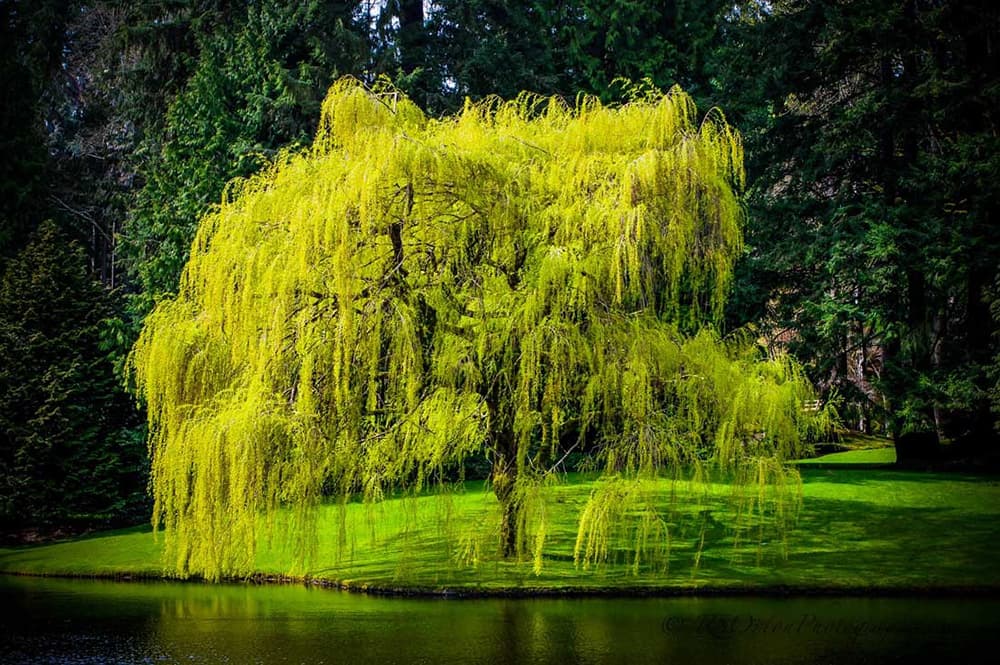
10 Trees That Grow in Water Rhythm of the Home
This tree grows to 40 feet (12 m.) high with a canopy spread of some 30 feet (9 m.). The branches cascade down, making it appear to be weeping. Another common type of willow is the corkscrew willow ( Salix matsudana 'Tortusa'). This is a tree that grows to 40 feet (12 m.) tall and wide. Its branches twist in interesting ways, making it a fine.

Willow Tree Care Tips For Planting Willow Trees In The Landscape
Salix caprea, known as goat willow, pussy willow or great sallow, is a common species of willow native to Europe and western and central Asia. [2] Description It is a deciduous shrub or small tree, reaching a height of 8-10 m (26-33 ft), rarely to 13 m. The leaves are 3-12 cm long and from 2-8 cm wide, broader than most other willows.
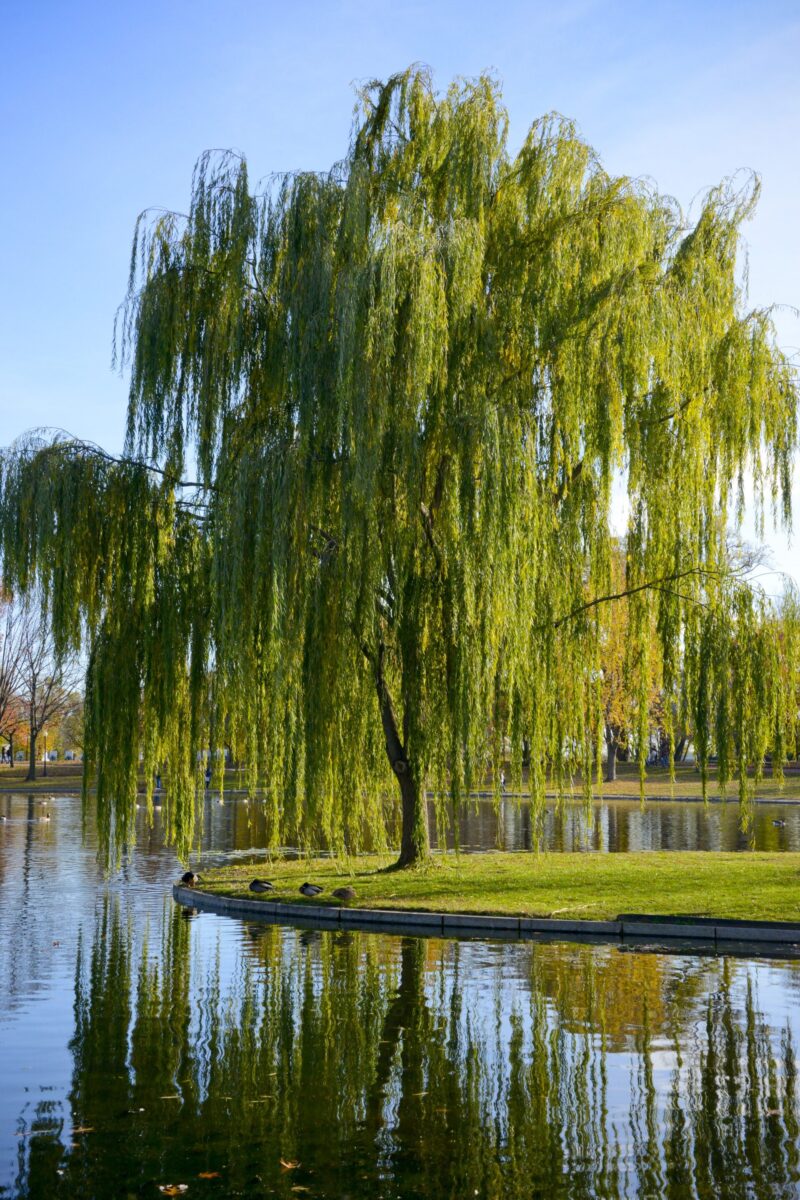
Weeping Willow Salix Babylonica Deciduous Trees Cold Stream Farm
Willow Hybrids. Willow Hybrids are popular privacy screens, and one of the few privacy barriers made of a deciduous tree. Planted as an accent or individual tree, Willow Hybrids can reach between 50 and 75 feet; however, when planted as privacy screens, the trees only reach a modest 35 to 45 feet in height.
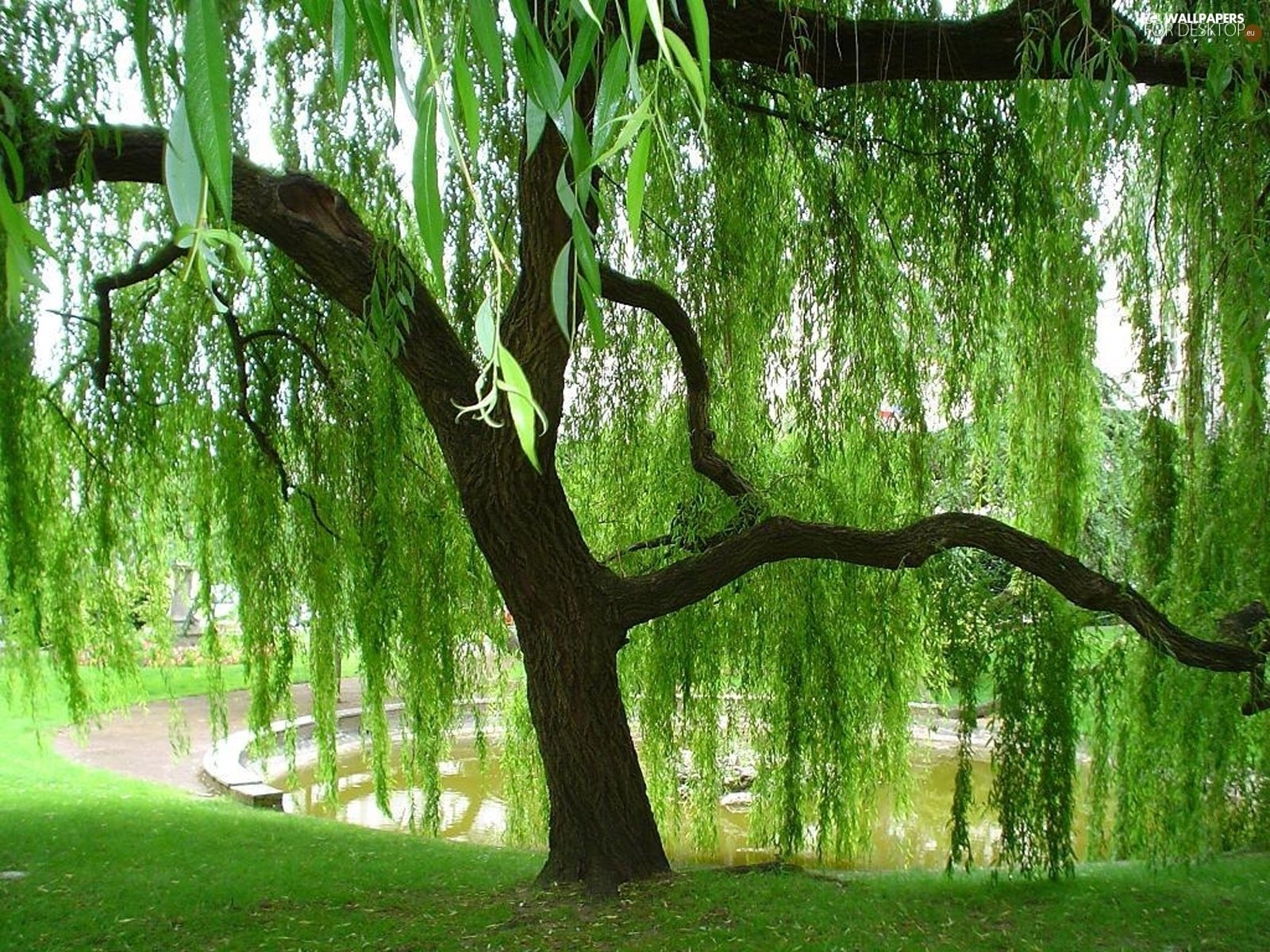
Weeping Willow Tree Image ID 30894 Image Abyss
Willow trees frequently reproduce by vegetative reproduction, which is when clones of the parent tree spring up from fallen branches or on exposed roots. They also reproduce through spring flowers which yield seeds that have long, silky hairs. These seeds are carried by the wind or water and sprout easily.
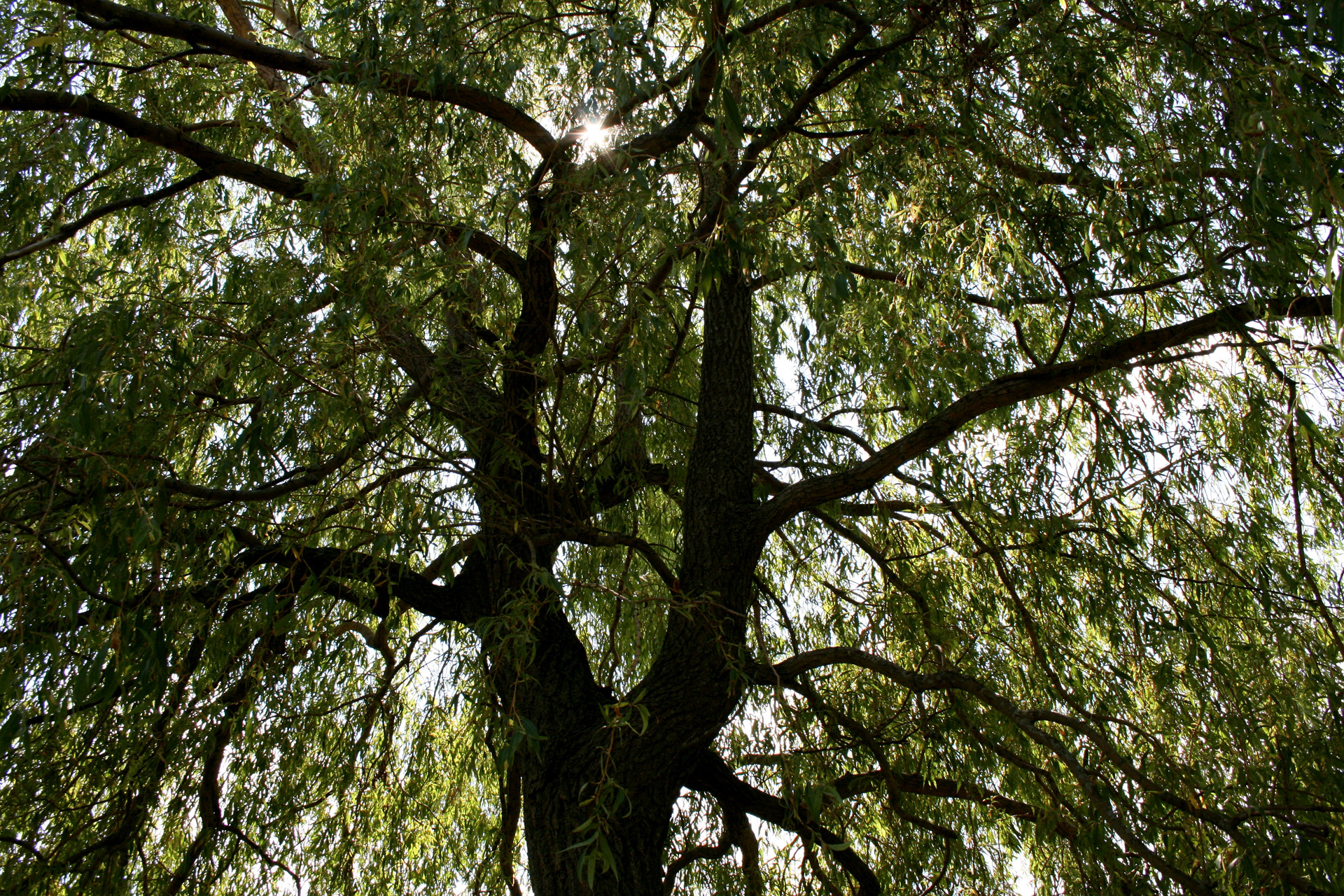
Willow Tree Free Stock Photo Public Domain Pictures
last updated June 24, 2021 Willow trees are suitable for moist sites in full sun. They perform well in almost any climate, but the limbs and stems are not strong and may bend and break in storms. There are many types of willow trees for the home landscape. Learn how to grow a willow tree for a fast growing, easy-to-care for screen or specimen tree.

301 Moved Permanently
01 of 12 Bebb Willow (Salix bebbiana) Matt Lavin/Flickr/CC By 2.0 This is a multi-stemmed shrub or small tree that naturally grows in thickets alongside streams, lakes, and bogs. It is a dominant natural species in wetlands across the northern tier of North America but is rarely found south of zone 4.

weeping willow Tree photography, Beautiful nature, Beautiful tree
Planting your willow tree. Here's how to plant a willow tree: Step 1: Plant it in moist, well-draining soil. Step 2: Plant your tree in the spring or fall. 5 November garden plants you should consider growing. 6 plants you should cut back to keep your garden thriving this fall.
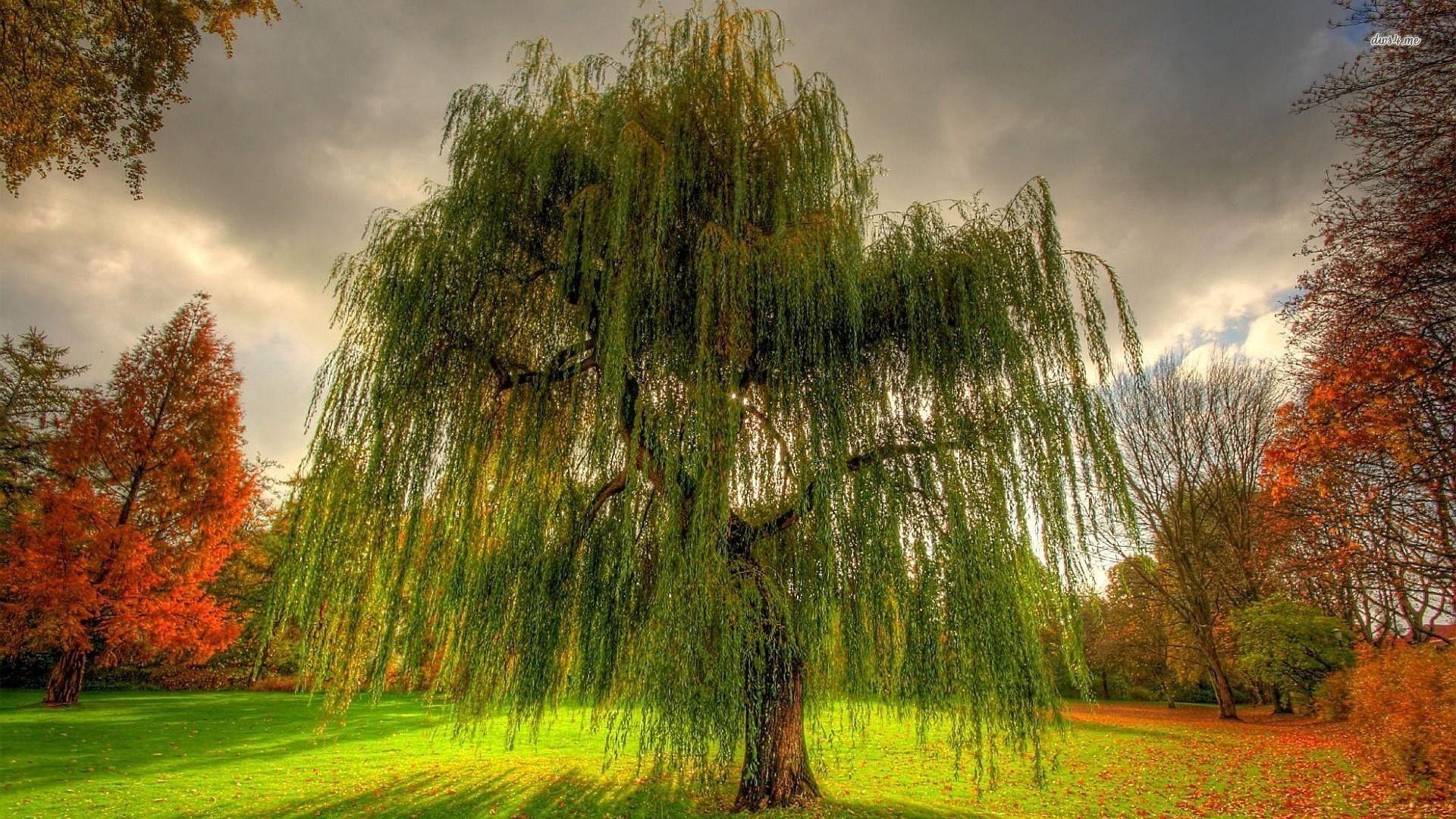
Willow Tree Wallpapers Top Free Willow Tree Backgrounds WallpaperAccess
A forest of willows in the Los Angeles River. These various kinds of willows have populated the Los Angeles River, giving animals food and shelter, as well creating a more habitable river landscape. "They slow down the water in the river. These trees also make the soil 'spongier,' which allows water to recharge our groundwater basins.

Weeping willow Trees, Find a willow Tree Here Nashville Middle Tn area
IN THIS ARTICLE Growing Willows In The Landscape 13 Types of Willow Trees And Shrubs for Your Garden 1. Weeping Willow (Salix Babylonica) 2. Goat Willow (Salix Caprea) 3. Arctic Willow (Salix Arctica) 4. Peachleaf Willow (Salix Amygdaloides) 5. Dwarf Blue Arctic Willow (Salix Purpurea 'Nana') 6. Japanese Pussy Willow (Salix Chaenomeloides) 7.

Free stock photo of tree, weeping, weeping willow
Identifying Features of the Peachleaf Willow. Peachleaf Willow is a medium to large-sized tree with yellow to gray-brown hairless branches and yellow-brown, gray-brown, or red-brown hairless twigs. Petioles are 0.3 - 0.83" long and hairless to puberulent, typically without glands.

Weeping Willow Tree Weeping Willow, Willow Tree, Weeping Trees, Pine Tree Tattoo, Tree
Willows are known to be majestic, moisture-loving trees and shrubs. But not all willows are big—they come in different shapes, colors, and sizes, making them a popular choice for planting in landscapes and even for container-growing.